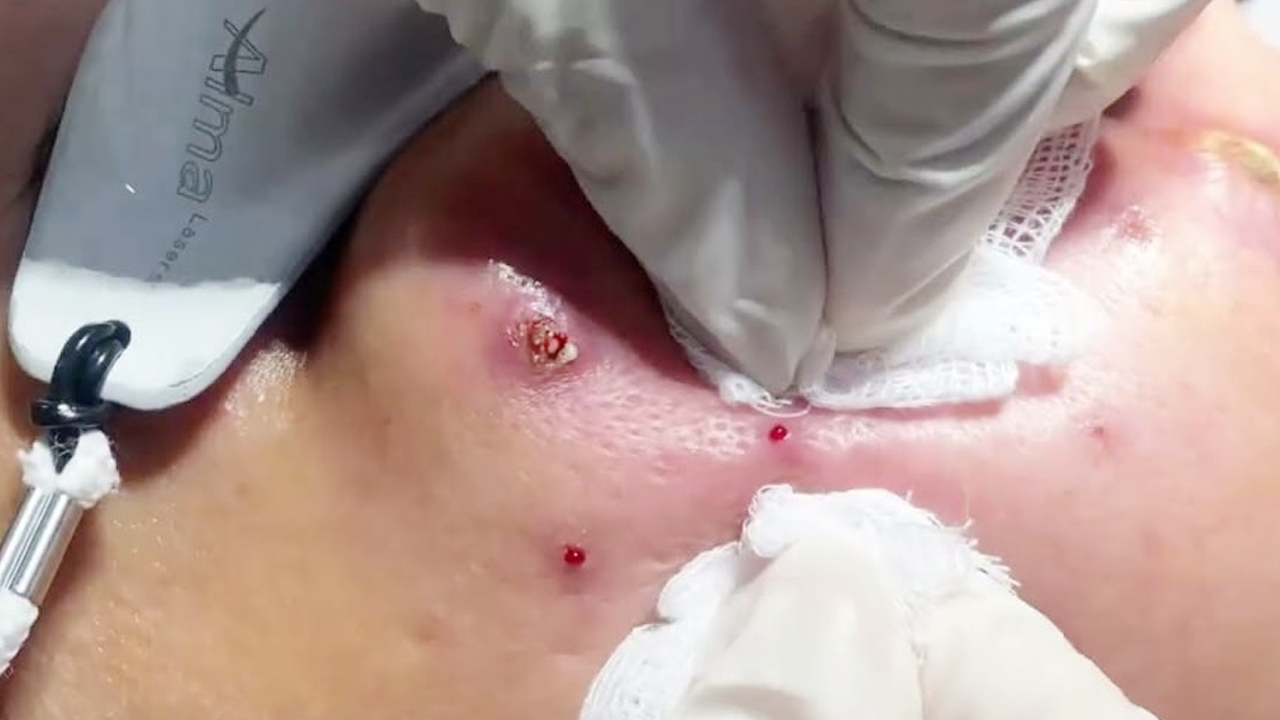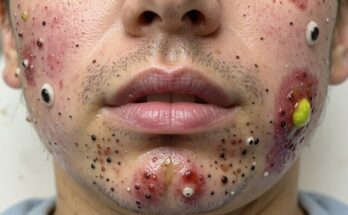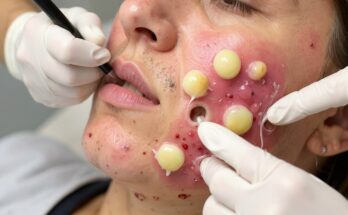Understanding and Treating Abscesses: A Comprehensive Guide
Abscesses, painful pockets of pus caused by infection, require careful medical attention. While some minor abscesses might heal on their own, most need professional intervention. This guide delves into the diagnosis and treatment process, offering a detailed understanding of what to expect.
Diagnosing and Addressing an Abscess
The Doctor’s Assessment: The First Step
The journey begins with a thorough examination by a healthcare professional. They’ll assess the abscess’s size, location, and severity to determine the best course of action. Small abscesses may respond well to antibiotics alone, avoiding the need for more invasive procedures. However, larger or more concerning abscesses typically require drainage.
Incision and Drainage (I&D): The Standard Treatment
For larger abscesses, incision and drainage (I&D) is the most common and effective treatment. This procedure involves a small surgical incision to release the accumulated pus. The method employed depends on factors like the abscess’s depth and location. After the pus is drained, the cavity might be left open to heal naturally, or it may be lightly packed with sterile gauze to facilitate drainage and prevent premature closure.
The I&D Procedure: A Detailed Look
This section offers a step-by-step breakdown of the incision and drainage procedure. It is crucial to understand this process, although it should only be performed by qualified medical professionals.
1. Preparation and Anesthesia: Ensuring Patient Comfort and Sterility
Before the incision, the area is meticulously cleaned with antiseptic solutions like povidone-iodine or chlorhexidine to sterilize the skin and prevent further infection. A local anesthetic, such as lidocaine, is then administered to numb the area, ensuring the patient’s comfort during the procedure. Importantly, the anesthetic is carefully injected outside the abscess cavity to minimize pain and tissue swelling.
2. Making the Incision: Precise and Efficient
A sharp scalpel (#11 or #15 blade) is used to make a precise incision along the abscess’s longest axis, usually at the point where the pus is most prominent (the point of “maximum fluctuation”). The incision must be wide enough to allow for complete drainage of the pus.
3. Drainage and Debridement: Removing the Infection
The pus is gently evacuated from the abscess cavity. If the pus is compartmentalized (separated into sections), a curved instrument, like a hemostat, might be necessary to break up these compartments and ensure thorough drainage. Any remaining debris is carefully removed.
4. Irrigation and Cleaning: Preventing Recurrence
The abscess cavity is thoroughly irrigated with sterile saline solution to remove residual pus and debris. This crucial step minimizes the risk of re-infection and promotes healing.
5. Packing (If Necessary): Supporting the Healing Process
For larger or deeper abscesses, sterile gauze or iodoform gauze might be used to pack the cavity. This packing helps prevent premature closure of the wound, which could lead to pus reaccumulation. A small portion of the gauze is left extending outside the wound for easy removal during a follow-up appointment.
6. Dressing and Aftercare: Supporting the Healing Process
Finally, the wound is covered with a sterile dressing and secured. Detailed aftercare instructions are provided to the patient, emphasizing cleanliness and dryness. Regular follow-up appointments are scheduled to monitor healing progress and remove packing material if it was used.
Post-Procedure Care and When to Seek Medical Attention
Following the procedure, keeping the area clean and dry is paramount. Patients are usually prescribed antibiotics to combat infection, and regular dressing changes are necessary.
When to Seek Immediate Medical Attention
While post-procedural pain and some swelling are expected, you should immediately contact your doctor if:
- The abscess becomes more painful, larger, or rapidly growing.
- You develop a fever, red streaks emanating from the abscess, or spreading redness.
- The abscess is located near a sensitive area (face, groin, spine).
- You have a weakened immune system or diabetes.
Ignoring these warning signs can lead to serious complications. Always seek professional medical advice for any concerning symptoms.
Additional Resources
For further detailed information on abscess incision and drainage procedures and management, consult reliable medical resources such as the guidelines published by 5MinuteConsult, the Children’s Hospital of Philadelphia’s clinical pathway, or the in-depth review available through StatPearls. Remember, attempting to drain an abscess at home is extremely risky and can lead to serious consequences. Always seek professional medical care.



